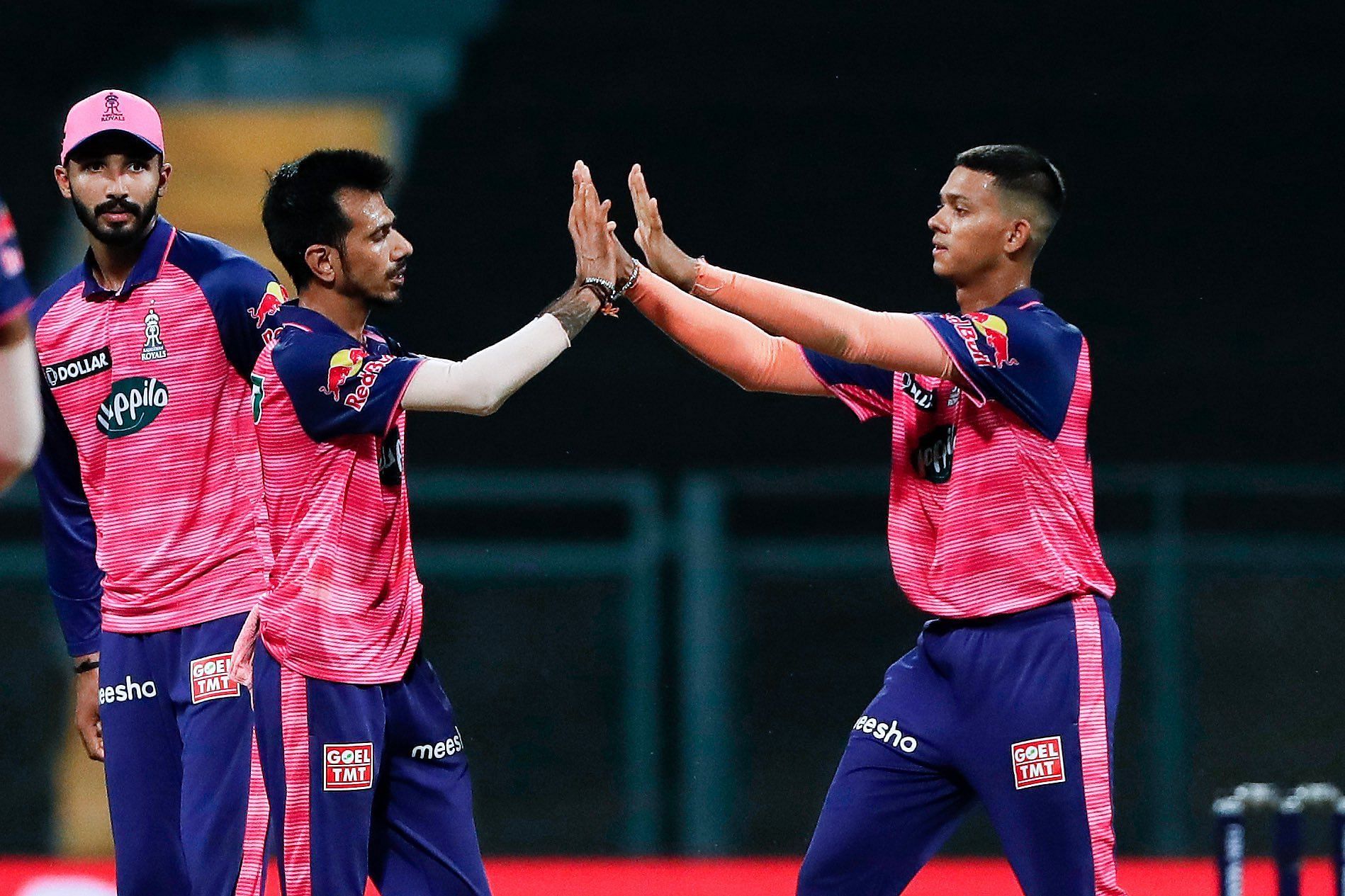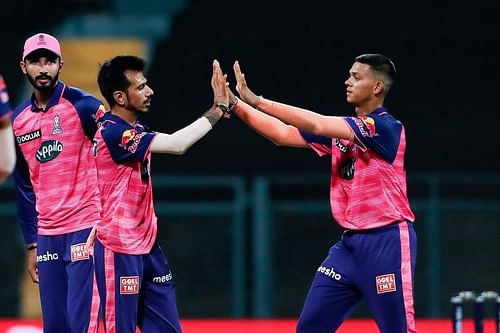
Explained: Why are wrist-spinners so successful in T20 format?

Yuzvendra Chahal, a wrist-spinner, is currently the IPL purple Cap holder in 2022 , having taken 17 wickets in six games so far. He is one of three wrist-spinners (Kuldeep Yadav and Wanindu Hasaranga being the others) in the top-five wicket takers list at the moment.
Apart from them, there are other wrist spinners like Rashid Khan, Ravi Bishnoi, and Rahul Chahar, who have fared quite well in IPL 2022. The wrist-spinners have continued to rule the roost in not just the IPL but the T20 format in general, for quite some time.
When the T20 format came into existence, everyone believed it would sound the death-knell for spin, especially wrist spin, an art that is difficult to master.
However, the rise and rise of wrist spin in this version of the game has resulted in a slew of high-quality leg spinners being brought in by many IPL teams in franchise cricket.
The impact of not having a quality wrist spinner was duly felt by India in the T20 World Cup last year. The Indian selectors surprisingly didn't include either of India's two leading wrist spinners, Yuzvendra Chahal and Kuldeep Yadav.
So what is it that makes the wrist spinners successful in T20 cricket? Why is it that teams in the IPL are ready to splurge big bucks on them? Here is a look at the most prominent reasons.
For the latest IPL point table, click here.
Wrist-spinners extract turn on any surface

Finger spinners rely a lot on the pitch for any sideways turn. As such, on flat surfaces, they are unable to create a major impact.
However, wrist spinners are able to extract spin even if the pitch is not conducive. The impact of Yuzvendra Chahal over the years for Royal Challengers Bangalore (RCB) on the flat surfaces of the Chinnaswamy Stadium in Bengaluru, is a case in point.
The success of Imran Tahir, Adil Rashid, and Ish Sodhi are other examples of wrist spinners who performed well even on unhelpful pitches.
Difficult for batsmen to attack them

Due to their round-arm action, wrist-spinners are able to impart more side spin on the ball and, in turn, get variable bounce. As such, the batsmen find it tough to get under the ball and play aerial shots.
The lower trajectory of the flatter and quicker deliveries, used a lot in T20 cricket, also doesn't let the batsmen come down the track very often.
This is one of the reasons why we see such spinners bowling in the powerplay overs as well as in the death overs.
Wrist-spinners have a plethora of variations

The wrist-spinners pose a threat to the batsmen with their mystery deliveries, for instance, the flipper, top spinner, googly, and the quicker one. The scrambled seam also makes it difficult for the batsmen to figure out which way the ball is going to turn. This also makes hitting big shots difficult, if not impossible.
It also means that batsmen are unable to hit these spinners across the line as easily as they can finger spinners and pace bowlers. The variations that wrist-spinners carry make them equally potent against both the left-handed and right-handed batsmen, unlike finger spinners.
All in all, wrist-spinners are an asset for any team and they are dominating world cricket at the moment, especially in the shorter formats of the game.